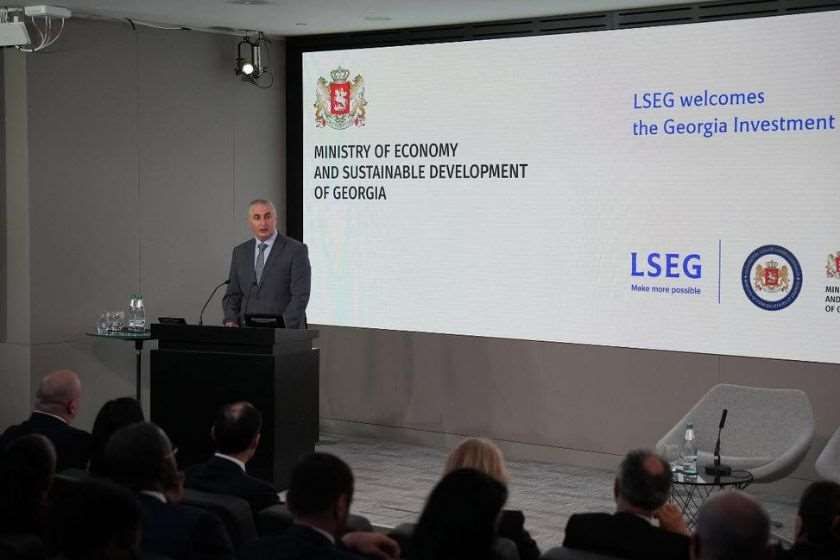ინვესტორების დაინტერესება საქართველოს ეკონომიკის მიმართ ძალიან მაღალია, – განაცხადა ფინანსთა მინისტრმა, ლაშა ხუციშვილმა ლონდონში გამართული საქართველოს საინვესტიციო ფორუმის შეფასებისას.
როგორც მან აღნიშნა, შეხვედრაზე ინვესტორებს შესაძლებლობა ჰქონდათ გასცნობოდნენ საქართველოს ეკონომიკურ მდგომარეობას და იმ შესაძლებლობებს, რომელიც ქვეყანაში არსებობს ინვესტიციების განხორციელების მიმართულებით.
მისი თქმით, მან ისაუბრა ქვეყნის ეკონომიკურ განვითარებაში ფისკალური პოლიტიკისა და დისციპლინის როლზე, ინვესტორებს გააცნო ქვეყნის მაკროეკონომიკური და ფისკალური პარამეტრები, საშუალოვადიანი პროგნოზები, ასევე მოკლედ შეეხო მიმდინარე და დაგეგმილ მსხვილ საინვესტიციო პროექტებსა და სტრუქტურულ რეფორმებს.
„დაინტერესება საქართველოს ეკონომიკის მიმართ დიდია და მოიცავს სხვადასხვა სფეროსა და მიმართულებას, როგორც საფინანსო, ისე არასაფინანსო სექტორებში. ამ მხრივ, საქართველო გამორჩეულია მსოფლიოში. ქვეყანაში ფიქსირდება ერთ-ერთი ყველაზე მაღალი ეკონომიკური ზრდა ბოლო 4 წლის განმავლობაში და ყველა ეკონომიკური მაჩვენებელი შეიძლება ითქვას, რომ არის იმ პარამეტრებში, რაც ძალიან მიმზიდველს ხდის საქართველოში ინვესტირებას ბევრ ქვეყანასთან შედარებით“, – განაცხადა ფინანსთა მინისტრმა, ლაშა ხუციშვილმა.
ლონდონში გამართულ საქართველოს საინვესტიციო ფორუმში სხვადასხვა საინვესტიციო კომპანიებიდან და ჯგუფებიდან 180-ზე მეტი წარმომადგენელი მონაწილეობდა.
